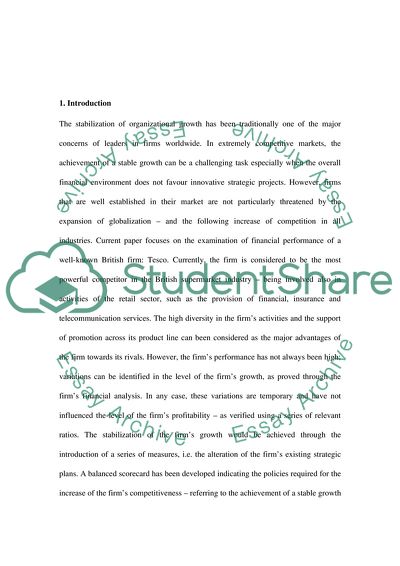Cite this document
(“Tesco Case Study Individual Written Assignment Essay”, n.d.)
Tesco Case Study Individual Written Assignment Essay. Retrieved from https://studentshare.org/miscellaneous/1574248-tesco-case-study-individual-written-assignment
Tesco Case Study Individual Written Assignment Essay. Retrieved from https://studentshare.org/miscellaneous/1574248-tesco-case-study-individual-written-assignment
(Tesco Case Study Individual Written Assignment Essay)
Tesco Case Study Individual Written Assignment Essay. https://studentshare.org/miscellaneous/1574248-tesco-case-study-individual-written-assignment.
Tesco Case Study Individual Written Assignment Essay. https://studentshare.org/miscellaneous/1574248-tesco-case-study-individual-written-assignment.
“Tesco Case Study Individual Written Assignment Essay”, n.d. https://studentshare.org/miscellaneous/1574248-tesco-case-study-individual-written-assignment.


